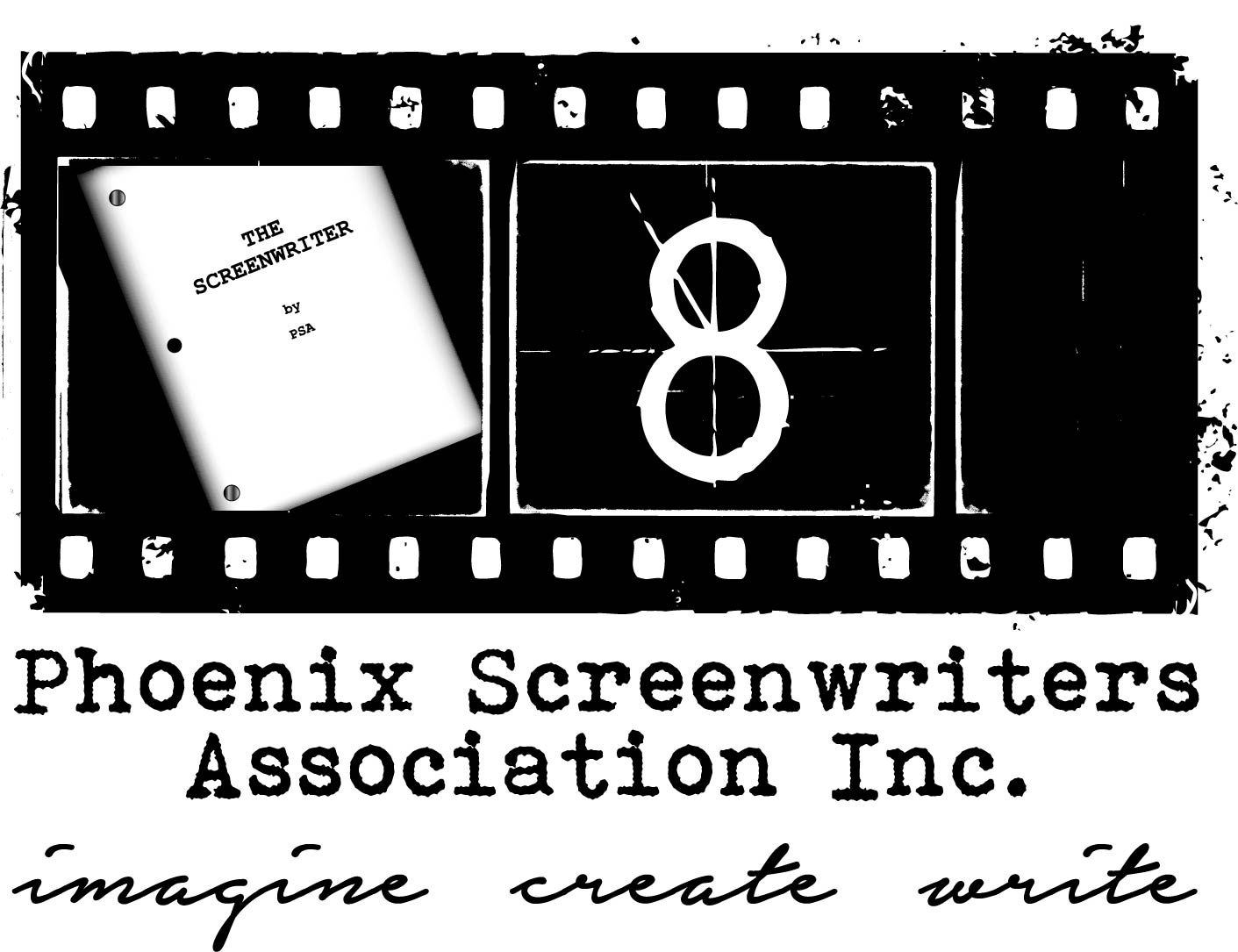Screenwriters dream of the day they see their script produced into a film. But the cold reality is it can be an uphill swim given the number of scripts submitted annually and the number of films actually produced.
https://www.quora.com/What-are-the-odds-of-selling-a-good-screenplay#ezedl
Given this reality, there’s been a trend in recent years for writers to pursue an alternate path to getting their script produced—Independent Filmmaking; that is, producing their own film, whether a short or a feature. Prior to around 10 to 15 years ago, the cost of producing a film was beyond the means of most people. It was for the most part still Hollywood-centric. But then two forces emerged that had writers considering the prospect of self-producing their work: the advances in affordable digital film equipment, the so-called DSLR revolution making owning/renting quality gear possible, and the decentralization of distribution outlets brought on by the internet leading to Netflix, Amazon, Hulu, etc. as viable outlets for independent filmmakers.
As such, aspiring indie filmmakers have taught themselves how to produce a film often by networking with like-minded artists and volunteering on projects, absorbing what they can from the available internet resources, or enrolling in film programs, or a combination of all three methods. With this in mind here are some of the basic elements involved in producing a film at the independent level. This is not an exhaustive list but does provide a high-level overview, especially for writers with no experience on the film side.
One way to look at producing your own film is to think of 3 overall phases: Pre-production/Production/Post Production.
Let’s examine some of what’s entailed in each stage.
Pre-production Phase 90% of the film’s work should be penciled out during this stage. Essentially you should be able to account for every detail that will need to be addressed BEFORE you begin filming.
- bullet-proof your script; it’s ready to film! Be sure to register your script. Options: the copyright office or WGA
- building your production team
- director
- 1st AD
- producer
- DP (cinematographer)
- gaffer/grip to deal with lighting and electrical
- PAs (production assistants); usually volunteers
- location sound (boom operator/lav mics AKA lapel mics)
- line producer
- legal/business affairs-consult an entertainment attorney for the following:
- business formation/an LLC entity option; cost effective
- production insurance/liability/special requirements for stunts etc.
- NDAs
- actor and crew agreements
- misc.contracts/permits
- casting (talent)-how to place a casting notice
- location scouting-essential-you should know and have clearance for every location in your story. Scout with your DP to know lighting, etc. for each location
- wardrobe, props, Makeup
- shot list/storyboard (critical process); types of shots; every shot for your film should be determined-review with DP
- preliminary shooting schedule/breakdown-who/ where/ call times/wardrobe
- rehearsals
Once you have a sense of all of the above, determine your budget.
Production Phase This is the actual filming process.
- equipment/ camera, audio recorder, lighting and related
- scheduling/call sheets
- craft services- a meal for every 8 hour period; plus snacks/drinks available all day
- create a business atmosphere on set/clear expectations
- Director or 1st AD manages the set -everyone should have a clear idea of who “owns the set’
- SAFETY FIRST! review with cast/crew each day; 1st aid kit on set at all times
- Emergency contact info for EVERYONE on set and kept confidentially; food allergies/health issues etc.
Post Production Phase Each of the following processes are highly specialized and typically contracted out from trained individuals or people you know with experience
- editing(assembly cut/rough cut/final cut/picture lock)
- audio (synch/ADR/foley/final mastering)
- VFX
- titling
- color grading
- musical score
- final delivery format (depends on distribution)
MISC Considerations
Funding/marketing/film screening/distribution
Summary: It looks like a lot, because it is. And this is just a list of some of the areas that need to be addressed. But it can be manageable. Start by volunteering on a local project (once the health status of your community allows for people to aggregate-observe all CDC and your local state/community guidelines for health safety). Join local film challenges. Organize some friends to film a short 5 minute story. Use your iPhone if you need to although someone you know probably has a DSLR. Critique it then plan a second film project. The internet has volumes of training on all aspects of filmmaking. Start by searching some of the topics noted in each of the stages above. You’ll find an amazing amount of free info to get started. Consider enrolling in a film program if that fits your goals. Indie filmmakers are a supportive group. Ask for help. It’s probably there for you.
So in sum, screenwriting is a challenging but inspiring artistic pursuit. Everyone loves a good movie! Storytelling has been a part of our species since our origins. As the film industry continues to evolve against a backdrop of technological advances and changing consumer demands, new business models will emerge and with these changes can come new opportunities. Stay informed. Get involved. And see where you can go.
Keep writing.
-T

